Oxygen Therapy FAQs
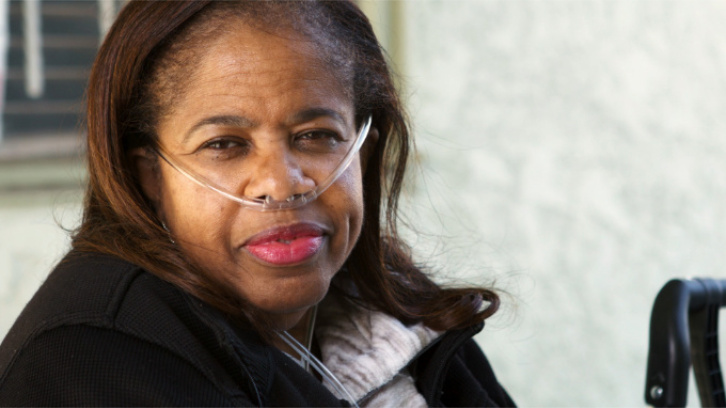
Why is oxygen needed?
Every cell in your body needs oxygen to work. Your lungs move oxygen into your blood, which carries it to the rest of your body. When scarring is present in the lungs, it can reduce their ability to transfer oxygen to the blood. Low oxygen levels can cause you to feel short of breath and may cause other health problems. A device called a pulse oximeter or a blood test can provide information about the amount of oxygen in your blood. This is also called your oxygen saturation level.
What are the potential benefits of using supplemental oxygen?
- Reducing breathlessness
- Increasing your ability to maintain an active lifestyle
- Reducing stress on other organs
- Although there are not currently any studies showing that supplemental oxygen prolongs life in pulmonary fibrosis and idiopathic pulmonary fibrosis patients, there are studies showing that supplemental oxygen prolongs life in patients living with chronic obstructive pulmonary disease (COPD).
Are there symptoms that I would notice if my oxygen level is low?
There may be. Many people experience shortness of breath or fatigue. Other possible signs that you are not getting enough oxygen include irritability or confusion, morning headaches, blue fingertips or lips, and ankle swelling. However, some people may not experience symptoms even when they are not getting enough oxygen into their bloodstream.
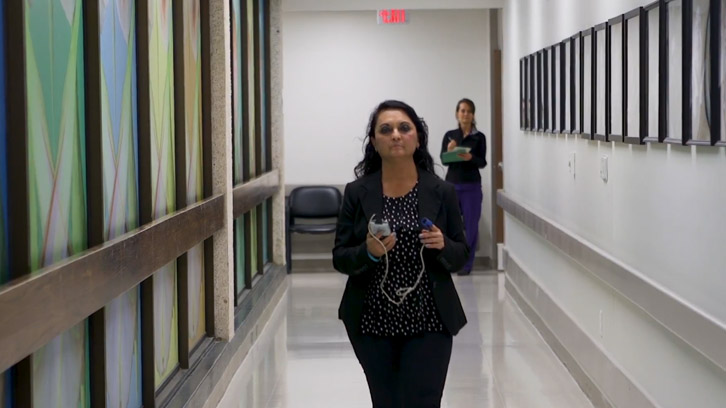
How will my healthcare provider determine if I need supplemental oxygen?
Your healthcare provider may test your need for supplemental oxygen by measuring the oxygen saturation level in your bloodstream while you are at rest, while walking or exercising, and/or during sleep. Supplemental oxygen is generally prescribed when a person’s saturation falls below 88% in any of these settings.
You may have heard of the 6-minute walk test. This test is commonly used to determine whether you need supplemental oxygen when you are physically active. Your healthcare provider will decide which test(s) are right for you. For insurance purposes you will need a face-to-face visit with your healthcare provider and appropriate testing to obtain a prescription for supplemental oxygen.
If your provider finds that your oxygen levels are low during testing, they will determine if you need supplemental oxygen, and when you will need to use it. They will also determine how much oxygen you should use while at rest, while active, and if needed, during sleep.
What does an oxygen prescription include?
- When to use your oxygen (at rest, when active, during sleep, or at altitude)
- The amount of oxygen you need for each activity (number setting if you use pulse dose flow or liter flow if you use continuous flow)
- The type of oxygen equipment that fits your lifestyle and oxygen requirements
Only your healthcare provider can make changes to your oxygen prescription.
Can I become addicted to oxygen?
No, oxygen is not addictive. Use oxygen as prescribed by your healthcare provider.
What role will my healthcare provider play in managing my supplemental oxygen?
Your healthcare provider will:
- Identify your supplemental oxygen needs
- Order the appropriate testing
- Provide the prescription and other documentation required by your oxygen supplier and your insurance provider
- Work with the home oxygen company supplying supplemental oxygen
- Assist you with determining your oxygen needs if you plan to travel
Additionally, a recent study found that patients who received education from healthcare providers about supplemental oxygen were less likely to have problems with their supplemental oxygen than those who did not receive education, or were only educated by the person delivering their supplemental oxygen (Jacobs et al., Patient Perceptions of the adequacy of Supplemental Oxygen Therapy). We encourage healthcare providers and patients to work together to ensure that the patient is fully educated about the proper and safe use of their supplemental oxygen equipment.
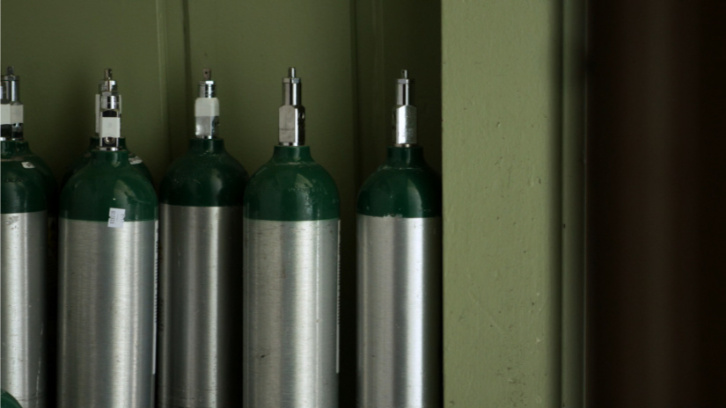
What role does the home oxygen company play in supplying my supplemental oxygen?
Your home oxygen supplier, or durable medical equipment (DME) provider, will:
- Provide a basic oxygen system, including both equipment and disposable supplies, such as nasal cannulas or humidifiers
- Provide 24-hour emergency service for equipment malfunctions or power outages
- Provide education on the proper and safe use of your equipment
- Verify your insurance coverage and bill your insurance provider
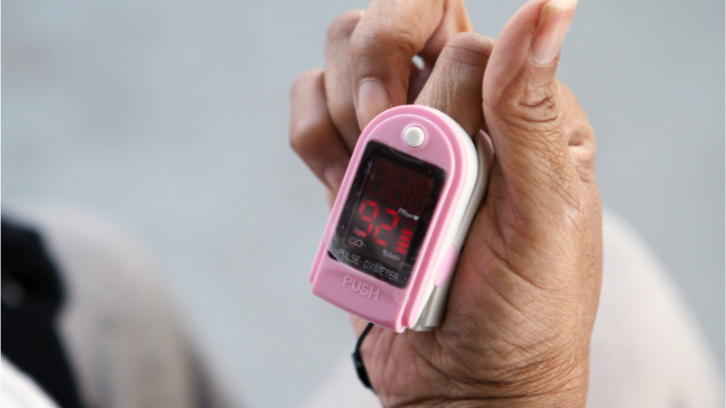
How do I know that I’m using the right amount of oxygen?
Your healthcare provider may ask you to check your oxygen levels periodically using a pulse oximeter. Ask your healthcare provider what your target oxygen saturation should be. If there are situations where your oxygen level is more likely to drop, your doctor may ask you to adjust the flow of oxygen to keep your oxygen level within a recommended range.
What is pulse or demand flow? Is it the same thing as continuous flow?
With pulse flow (also known as demand flow), your portable oxygen system senses when you inhale and ONLY delivers a pulse of oxygen when you breathe in. This allows tanks and batteries to last longer. Pulse dose flow is not the same as continuous flow. Continuous flow provides a continuous flow of oxygen into your nose, even when you are not breathing in.
Pulse flow and continuous flow are both prescribed as numbers, however the numbers do NOT mean the same thing. A pulse flow setting of 2, 3 or 4 is different from a continuous flow setting of 2, 3, or 4 liters per minute (lpm). A continuous flow setting generally provides a greater amount of oxygen than a pulse flow setting of the same number.
Pulse flow is not appropriate for all patients. Talk with your healthcare provider about the right option for you.
What is transtracheal oxygen therapy?
Transtracheal oxygen therapy is an alternative to a nasal cannula or a face mask. This is NOT a tracheotomy. A plastic catheter is surgically placed in the patient’s neck and sits in the windpipe. Oxygen is delivered directly into the windpipe through the catheter.
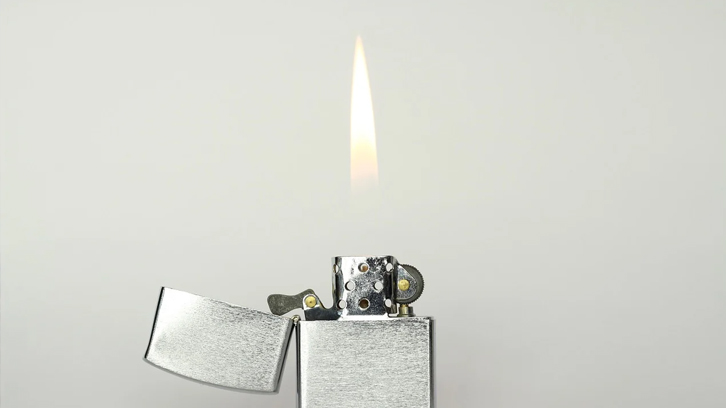
What are some oxygen safety basics?
- Avoid flames, sparks, cigarettes, matches, lighters, gas stoves, pilot lights, hair dryers (use the cool setting only), and frayed electrical cords. Oxygen is not flammable and does not explode on its own, but it will make a fire burn faster.
- Keep compressed oxygen tanks 8-10 feet from open flames or sparks.
- Avoid using petroleum-based products to moisturize your face or nose.
- Secure oxygen tanks to prevent them from falling and becoming projectiles.
- Do not store tanks in closets, in direct sunlight, or next to heat sources.
- Do not attempt to use cracked or broken tanks.
- Place your stationary concentrator in a well-ventilated location. Do not store items on top of your concentrator.
- Notify your electrical company and fire department that you use supplemental oxygen. It is helpful for them to have this information in the event of a power outage.
- Keep smoke detectors and fire extinguishers in your home, and make sure that they are functioning properly.
What type of oxygen system is right for me?
Your healthcare provider and your home oxygen supplier can work with you to identify the oxygen system that best fits your lifestyle and oxygen requirements. Some things to consider include:
- How active you are and what you are doing when you’re physically active
- How often you leave home and how much time you spend away from home
- Your physical strength and mobility level
- Your personal and lifestyle preferences
What are the types of oxygen systems?
Most patients receive two types of oxygen systems: an in-home stationary unit, and a portable system for use outside of the home.
STATIONARY OXYGEN SYSTEMS

Stationary Concentrator
- A stationary concentrator pulls oxygen from the air in the room to produce concentrated oxygen that is delivered through the oxygen tubing.
- A stationary concentrator usually stays in the room where it is placed. Long oxygen tubing allows you to move around your home or workplace.
- There are two types of oxygen concentrators. Normal-flow devices go up to 5 liters per minute and high-flow devices can go up to 10 liters per minute.
- The cost of electricity to run an oxygen concentrator is not covered by insurance. This expense is tax deductible in some situations. A tax professional can help you determine whether you can deduct the cost of running your concentrator.
Stationary liquid systems
- Liquid oxygen is oxygen that is delivered in a liquid state by your supplier and stored in your home in a special container. When you use liquid oxygen, it warms up to room temperature as it leaves the container and becomes a gas, which then flows into oxygen tubing.
- Stationary liquid systems are quiet, do not have any major moving parts, and do not require a power source to operate.
- Your liquid oxygen container will most likely need to be refilled every week by your oxygen company.
- Not every home oxygen supplier offers liquid oxygen.
PORTABLE OXYGEN SYSTEMS
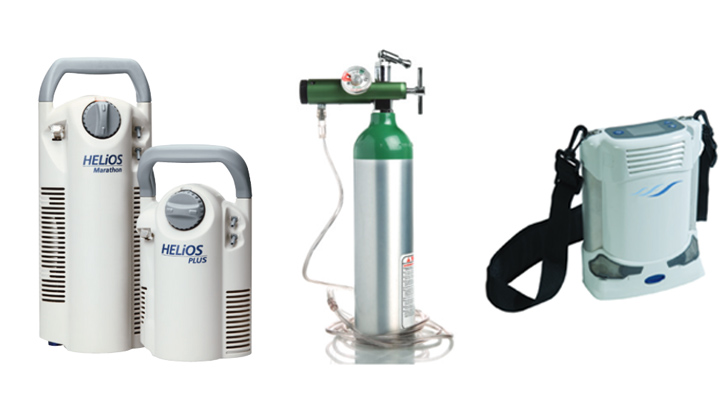
Compressed gas tanks
- These are green and silver (aluminum) tanks filled with compressed oxygen gas.
- Tanks come in a variety of sizes.
- During use, smaller tanks run out of oxygen more quickly than larger tanks.
- Some compressed gas tanks can be filled at home with a concentrator filling system, often referred to as a transfill unit.
- You might choose to use a backpack or a rolling option for carrying compressed gas tanks. There are different options available; work with your home oxygen company and your healthcare provider to find a good fit for your needs.
Liquid portable tanks
- Liquid portable tanks are filled from a stationary liquid home system.
- Training is needed to learn how to fill a liquid portable tank because liquid oxygen can cause burns. Your home oxygen supplier can help you understand your system and teach you to use it safely.
- Liquid oxygen units should be kept upright to prevent leaks.
- Weighing 3-11 pounds, these units provide higher continuous flows than portable oxygen concentrators.
- Not every oxygen company offers liquid oxygen.
Portable oxygen concentrators
- A portable oxygen concentrator (POC) is a smaller version of a stationary concentrator.
- A POC runs on rechargeable batteries. Battery life depends on factors such as flow rate and POC size. You may need to carry extra batteries to keep the unit running.
- Generally, the smaller the unit, the lower the oxygen output (liter flow or pulse settings) and the shorter the battery life.
- POCs can be recharged via wall plug or car battery.
- The POC is the accepted type of oxygen system that can be used on airplanes, although you must contact your airline ahead of time to ensure you can bring your POC on the plane. Not all models are suitable for air travel.
- Many people who require high-flow oxygen need more oxygen flow than a POC can provide. If you are considering a POC, please talk with your healthcare provider first to make sure that this type of device will meet your needs.
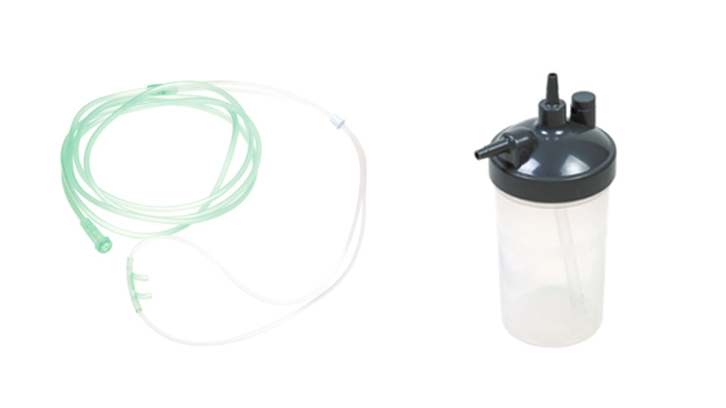
What should I know about nasal cannulas and tubing?
- All stationary systems connect to 25- or 50-foot lengths of oxygen tubing for use.
- Oxygen set above 6 liters per minute uses special “high-flow” tubing, and may require use of a face mask instead of a cannula.
- The part that goes in your nose is called cannula or nasal cannula.
- If you use high-flow oxygen, your healthcare provider may recommend a reservoir nasal cannula. This type of cannula, also known as an Oxymizer®, helps to maximize the delivery of oxygen. Reservoir nasal cannulas cannot get wet and should not be worn in the shower.
Do I need a humidifier with my supplemental oxygen?
If you use high-flow oxygen, ask your healthcare provider about whether you need to add a humidifier to your oxygen concentrator, which can help prevent your nasal membranes from drying out. Flows of 4 liters per minute and above require humidification. Humidifiers cannot be used with reservoir nasal cannulas.
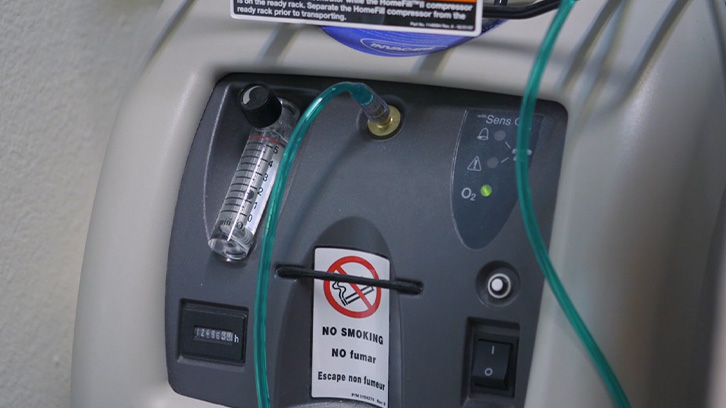
What should I do to maintain my oxygen equipment?
- Ask your home oxygen supplier for instructions for cleaning and maintaining your specific equipment.
- Here are some basics to consider:
- Change your nasal cannula and the long tubing for the stationary system regularly.
- If you are using a humidifier, it should be washed regularly. Only fill it with distilled water, NOT tap water.
- If you use a face mask, clean it regularly.
- Most oxygen concentrators require a regular filter cleaning. Ask your home oxygen supplier to show you how to clean your concentrator’s filter. Schedule a yearly service appointment with your oxygen supplier to check your equipment.
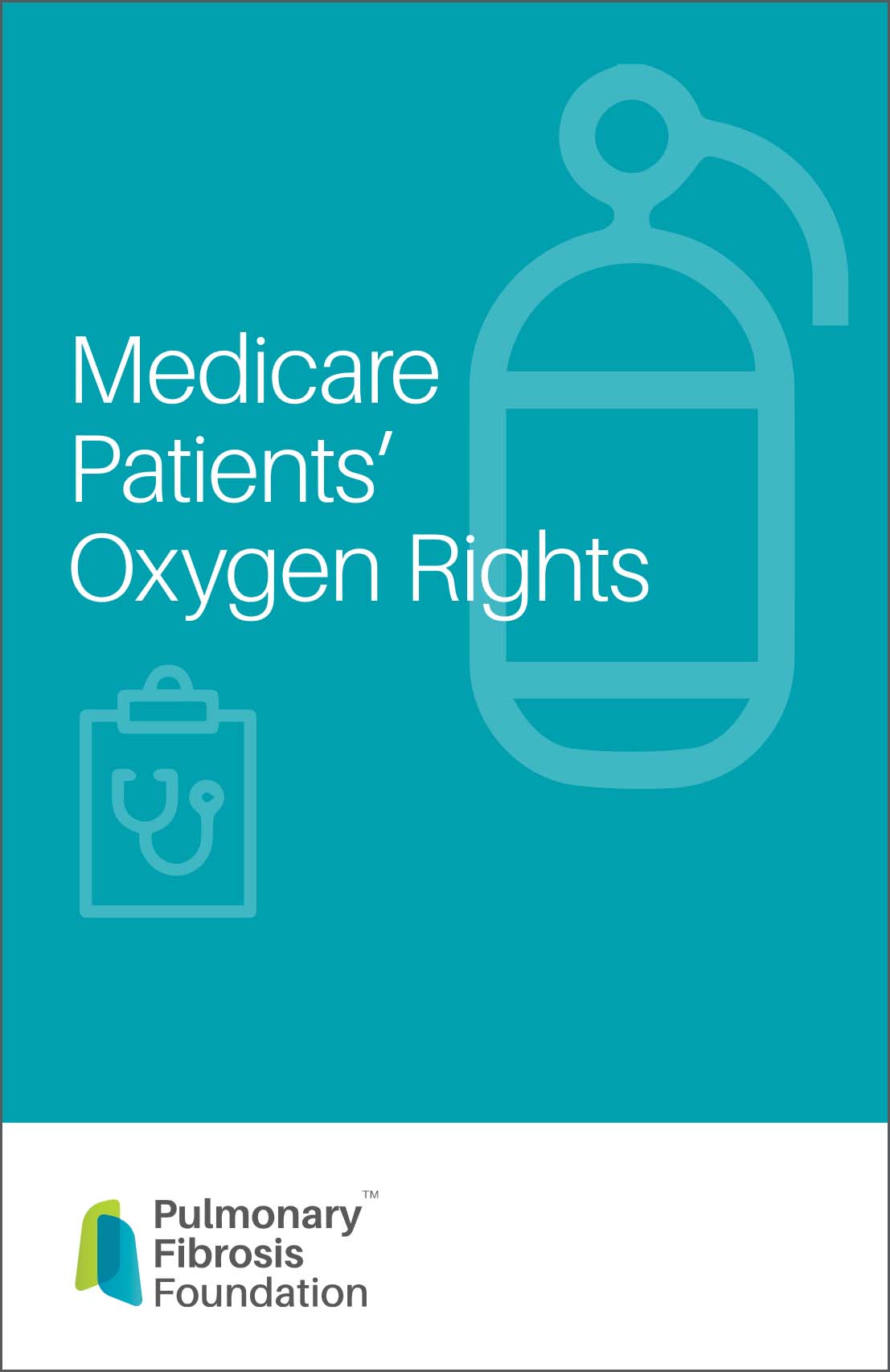
For more information on this topic, please read our Medicare Patients' Oxygen Rights booklet.
Does Medicare pay for oxygen?
If you qualify for supplemental oxygen and receive Medicare, Medicare creates a five-year contract with your home oxygen supplier. The contract starts the first month that your home oxygen supplier bills Medicare. During the first 36 months of the contract, your home oxygen supplier is paid for the rental of the equipment. During the last 24 months of the contract, your home oxygen supplier is only paid for providing you with items such as tubing, refilled tanks, and other supplies. Your supplier must service and repair your equipment throughout your entire five-year contract.
Medicare Part B pays for 80% of fees associated with supplemental oxygen while you as the patient are responsible for the other 20%. Some supplemental plans may help with the other 20%. If you have a Medicare Advantage plan, review its benefits to understand how your supplemental oxygen coverage works.
Can I decide which brand of oxygen equipment I receive?
You can ask for a specific brand, but a supplier is only required to provide you with the type of system prescribed by your healthcare professional, not a specific brand. Before you enter into a Medicare contract with an oxygen company, ask your healthcare provider to make sure the equipment offered by the oxygen supplier is correct for you, as different companies may offer different choices.
Do I still receive oxygen supplies like tubing and face masks from my home oxygen supplier after the first 36 months of my Medicare contract?
Yes. Your home oxygen supplier is still responsible for providing supplies like tubing, face masks, regulators, and filters during the last 24 months of a five-year contract. They must also provide tank refills. And they must service and repair your equipment.
Can my home oxygen supplier decide to stop providing my equipment and services?
Under Medicare guidelines, your home oxygen supplier is obligated to continue to provide your equipment and services for the length of the five-year contract.
What happens if I move during the five-year Medicare contract?
If you move during the initial 36-month rental period, you can ask your current supplier to help you find a supplier in your new area. If you move after the initial 36-month rental period, your current supplier generally has a responsibility to make sure you have a supplier in the new area.
Who owns the equipment when the five-year Medicare contract ends?
The home oxygen supplier owns the equipment both during and at the end of the five-year contract.
Can my home oxygen supplier change the type of supplemental oxygen system I am receiving during the five-year Medicare contract?
Your oxygen supplier cannot change the type of oxygen system you receive—or the number of tanks you receive— unless your healthcare provider orders the change.
What happens if my oxygen needs change during the five-year Medicare contract?
Keep up with recommended medical appointments and be sure to talk with your healthcare provider if you notice a change in your oxygen needs. If your needs change, you should be retested and your healthcare provider will change the prescription as needed. The supplier is required to provide the equipment and service that meet your current medical needs.
What happens at the end of a five-year Medicare contract?
At the end of the five-year cycle, your supplier is no longer required to provide your oxygen equipment and service. You may choose to remain with the same supplier or switch to a different one. Your healthcare provider will need to complete a new prescription. Remember -- before you enter into a Medicare contract with an oxygen supplier, ask your healthcare provider to make sure the equipment offered by the supplier is correct for you.
Does Medicare allow the home oxygen supplier to provide me with used equipment?
Yes. The equipment must be in good working order.
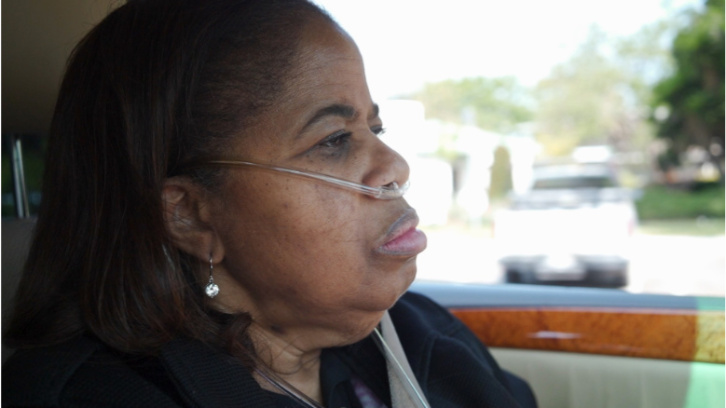
Can I travel with supplemental oxygen?
Many people with pulmonary fibrosis and idiopathic pulmonary fibrosis can safely travel by air, but for some, air travel can be dangerous. The atmosphere is made of 20% oxygen and 80% nitrogen whether you are at sea level or living high up in the mountains. But at higher elevations, there is simply less air (the atmospheric pressure is lower), so there is less oxygen available for you to breathe. Since commercial airplane cabins are usually pressurized to an elevation equivalent to about 1,500-2,500 meters (about 5,000-8,000 feet), you will be breathing less oxygen while in-flight.
If you have pulmonary fibrosis or idiopathic pulmonary fibrosis, it is important that you discuss your travel plans with your healthcare provider weeks or months before planned travel. Your healthcare provider can order tests that will help determine whether you need oxygen while in-flight. You will then need enough time to notify the airline, have your doctor fill out paperwork for the airline, and coordinate with an oxygen supplier.
Do I need to bring oxygen on the plane?
You might need to use oxygen during your flight, even if you do not use oxygen at home. Your healthcare provider can help determine whether you need oxygen on the plane.
Some tests that your doctor might order include:
- Pulse oximetry to check your oxygen level
- Six-minute walk testing
- Pulmonary function testing
- Arterial blood gas measurement to check your oxygen and carbon dioxide levels
- Echocardiography
- “Hypoxia altitude simulation test” (HAST) – a test where your doctor measures your oxygen level while you breathe air with a reduced oxygen level (15% oxygen instead of 20%).
Based on these test results, your doctor might prescribe oxygen for you to use on the plane. If your oxygen requirements are too high or if you have other medical conditions, your healthcare provider may instead advise you to not travel by air, since your oxygen levels may drop dangerously low in-flight.
Will the airline supply oxygen if my doctor prescribes it?
In the United States, airlines are required to allow passengers to use battery-powered portable oxygen concentrators that have been approved by the Federal Aviation Administration (FAA).
Most airlines require you to bring your own portable oxygen concentrator, but not all concentrators are allowed by all airlines. Each airline maintains a list of which portable oxygen concentrators they will allow on board. A small number of airlines will provide you with oxygen on board. There is usually a charge to use an airline’s oxygen. Airlines will not allow you to bring filled oxygen tanks (green cylinders) or liquid oxygen onto the plane.
Your healthcare provider must complete paperwork ahead of time that instructs the airline about how and when you should use oxygen. Your healthcare provider can also help to arrange for a short-term oxygen concentrator rental from an oxygen supply company.
What do I need to do to prepare for traveling with supplemental oxygen?
- Prepare weeks or months ahead of time. See your doctor and notify the airline as early as possible. While some airlines may only need 48 hours of advance notice, it is advisable to prepare much earlier.
- Be aware of the airline’s specific requirements regarding which oxygen concentrators are allowed and what paperwork is required. Contact your airline for further information.
- Be sure to bring enough batteries – and make sure they are fully charged! The FAA requires you to have battery life equal to 150% of your expected travel time. You should also factor in time needed to travel to the airport, waiting to board, layovers, and traveling from the airport to your destination after arrival. The airplane may or may not have an electrical outlet available if your batteries run out.
- Ask your doctor if you should monitor your oxygen level in flight with a portable pulse oximeter.
- If you are traveling outside the United States, different regulations may apply. Contact your airline for guidance. And remember to bring the correct electrical plug adapter for the country you are visiting.
What else should I know about air travel with oxygen?
If your condition has worsened or you feel ill on the day of travel, you should talk to your doctor about your travel plans. Your doctor may advise you to bring extra medication on your trip. Many people are more active while traveling. You may find that you are unable to participate in some activities that require a good deal of effort. Consider this possibility when planning your trip.
Can I travel to high elevations?
It is important that you discuss your travel plans with your healthcare provider. If your destination is at an elevation above sea level, you may suffer from breathlessness with small degrees of exertion or even while resting. Your healthcare provider may advise you to not travel to destinations at high elevation.
Can you travel with an oxygen tank in the car?
Contact your oxygen supplier to tell them about your travel plans and your oxygen needs at your destination. The 12V DC outlet power source charger in your vehicle can charge your portable oxygen concentrator.
How can I obtain supplemental oxygen while away from home?
Your doctor may determine that your portable oxygen concentrator is sufficient for your travel needs while away from home. If you need an additional oxygen delivery device while away from home, your oxygen supplier may be able to coordinate with an oxygen supplier at your destination to provide the device(s) you need. Be sure to plan ahead of time.Oxygen Resources
Find more oxygen-related resources in the list to the right.
Have more questions? Call the Oxygen Information Line at 844.825.5733 Monday through Friday from 9:00 a.m to 5:00 p.m. CST.
-
View Full Details
Traveling with Supplemental Oxygen
This education resource provides information about traveling by air, by car, and to higher altitudes for people with supplemental oxygen. It includes a checklist of things to consider before traveling with oxygen. -
View Full Details
Medicare Patients’ Oxygen Rights
Patients with original Medicare have rights that cover things like the types of equipment that they receive, the services that they receive, and the right to make a complaint. Learn more in the Medicare Patients’ Oxygen Rights brochure. -
View Full Details
Oxygen Basics Booklet
This booklet provides an in-depth overview of the the basics of supplemental oxygen, including equipment, getting started, Medicare information, and traveling.
